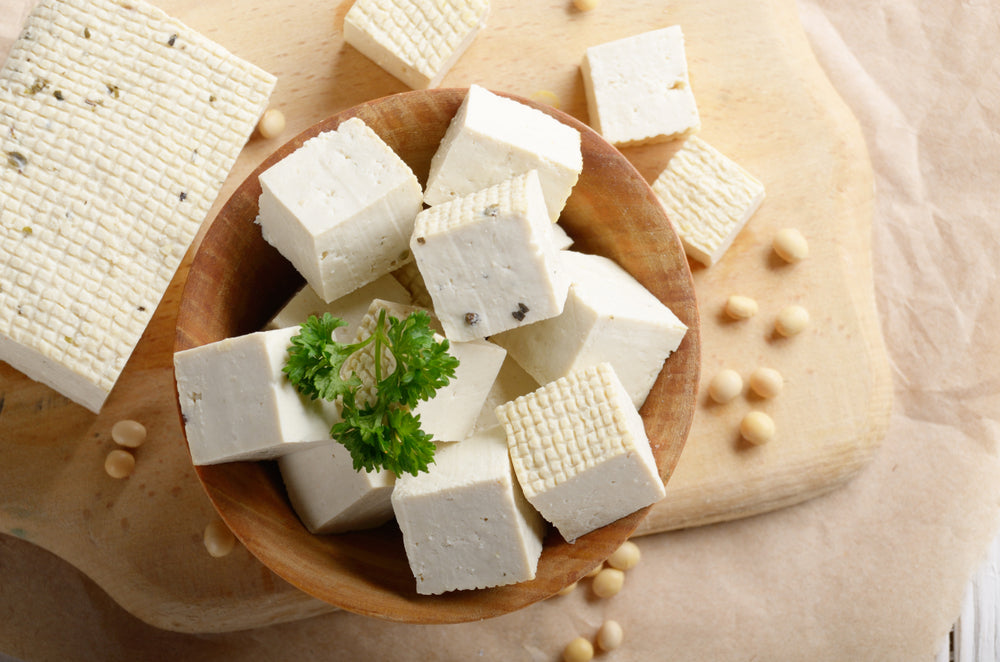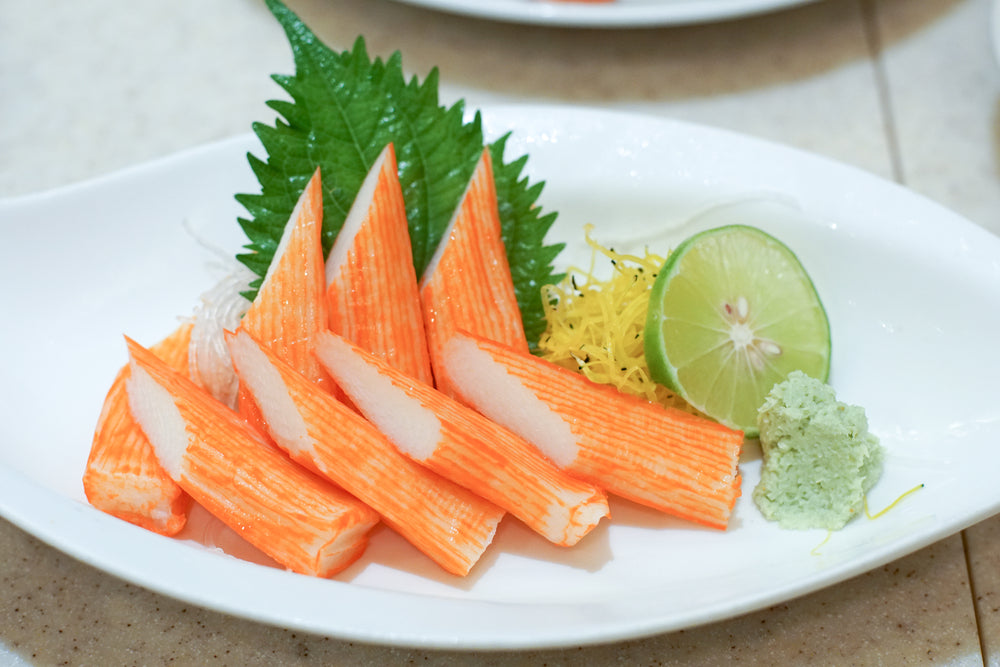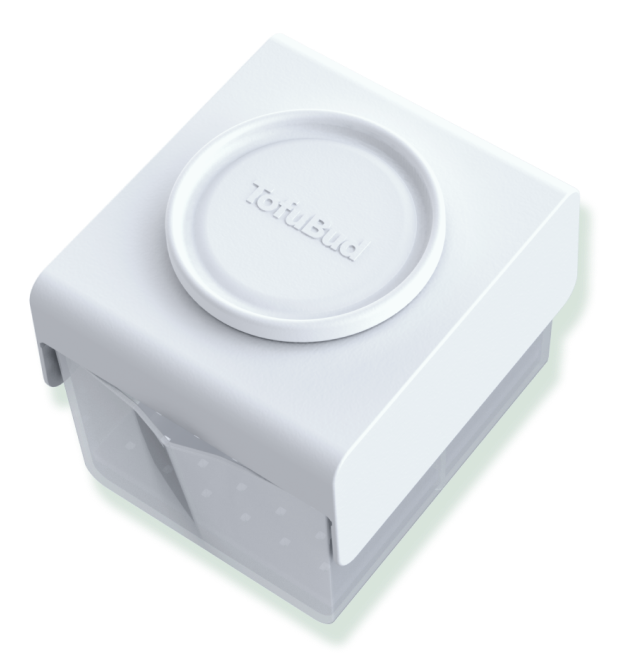If you like hot, spicy broth and a range of ingredients - from tofu to vegetables to meat - then you'll love a Chinese hot pot! Eaten all over China, this spicy hot pot is arguably one of the country's most loved dishes. It's only just becoming a staple in Chinese restaurants in the west, but you'll find hot pots in the more authentic restaurants today, particularly in Chinatowns.
However, it is surprisingly easy to make this Chinese dinner at home, where it can be adapted to your specific tastes. Not a fan of spice? You can forgo the chillis. Vegan? You can easily make a hot pot with vegetable stock.
Let's look at everything you need to know about hot pot, including where it originates, how to make it, and why you'll love it!
What is hot pot?
Hot pot is an Asian dish that is eaten throughout the continent (although mainly in East Asia) but is often tied to the Sichuan region of South West China. Sichuan hot pot consists of a large bowl of simmering broth that is shared among diners. Heated on a burner in the middle of the table, the hot pot cooks vegetables, meat, tofu, and any other ingredients that you want.
While the Sichuan province is certainly where you'll find the hottest pot, it is commonly eaten in most Chinese provinces. Ingredients and flavour will vary greatly, depending on the region, and many families have their own different styles of cooking - so you could find a considerable hot pot variation within one city!
You'll find hot pot in various other countries in Asia as well, with slight variations depending on the country's culture and climate. Mongolian hot pot is thought to be the oldest in the region, and it was the Mongolian empire that introduced the dish. They served up their hot pot, which was made of broth and horse meat, in their helmets!
Japanese and Korean hot pot
There are two types of Japanese hot pot: shabu shabu and sukiyaki. The meat in shabu shabu hot pot is cooked for slightly less time, and the flavouring of the broth is not as strong; it is cooked with typical Japanese ingredients rather than Chinese spices.
When deciding on shabu shabu vs hot pot, you might want to consider whether you prefer a spicier, more intense flavour or a lighter, delicate broth. Sukiyaki hot pot is cooked in a shallower bowl, which makes it immediately different from Chinese hot pot.
Korean hot pot is called Jeongol, and again, it is similar to Chinese hot pot apart from the use of Korean ingredients. Vietnamese hot pot has been influenced by Chinese cooking over the years but uses ingredients that are typical of South East Asia.
What goes in a Chinese hot pot?
As it's such a legendary Chinese dish, it's surprising to learn how simple making a hot pot is! There are two main components to a Chinese hot pot - the broth and the ingredients. The best thing about a Chinese hot pot? You can put in whatever hot pot foods you like and pretty much tailor it to your specific tastebuds. As long as you like broth and some sort of solid savoury food, you're good to go!
The hot pot broth varies depending on where you are and your personal tastes. As we mentioned, traditional Sichuan hot pot broth has enough spices to set your mouth on fire, but broths from other Chinese provinces and countries in Asia are milder. If you are cooking a hot pot at home, you can choose from the myriad of recipes available online and customize it to your tastes. Traditionally, many hot pots are made with meat stock, but it's increasingly easier to find vegetarian options with vegetable stock; and there are, of course, plenty of recipes for inspiration.
Hot pot ingredients
Hot pot ingredients vary wildly, and this is where you can let your creativity shine! Typically, you'll find ingredients such as thinly sliced meat, vermicelli, mushrooms, green leafy vegetables, tofu, sliced potatoes, dumplings, and seafood in your hot pot.
You can vary this depending on your personal tastes, however. If you're a meat fan, you could opt for a beef hot pot, focusing mainly on beef strips with some greens thrown in for variety. Or, if you want to make a vegan hot pot, opt for tofu, mushrooms, and plenty of vegetables.
Another extra is dipping sauces. Hot pot is typically served with sesame sauce, garlic sauce, soy sauce, fish sauce, or any other type of liquid to dip the hot pot vegetables and meat! Again, this is fully customizable, depending on your tastes.
Is Chinese hot pot healthy?
Chinese hot pot certainly has the potential to be a very healthy dish, but as the ingredients can vary wildly, its healthiness depends on what's in the pot. If you are making your own hot pot, you'll be able to control what exactly goes in it.
Here are a few tips to make Chinese hot pot healthier.
- For the hot pot soup base, focus on getting the flavour from herbs rather than rich sauces (such as satay sauce or peanut sauce). Fresh herbs and vegetables give off plenty of flavour without the need for high-calorie sauces!
- In typical Chinese dining, hot pots are based around meats and vegetables. You can, of course, increase the number of vegetables consumed, substitute the meat for tofu, or eat vegetables entirely! Try to include fewer carbohydrates, such as vermicelli and dumplings. Avoid fatty meat, which is very high in cholesterol!
- Be careful with your hot pot dipping sauce. Chilli oil, peanut sauce, and soy sauce are all high in sodium, which is unhealthy in large amounts. Either forgo the dipping sauce or add some extra diced chillis or crushed garlic to your hot pot ingredients.
One of the best things about the Chinese hot pot is the social aspect. It's a communal activity, where a few of you surround the hot pot stove and gradually work your way through the dipping ingredients. However, this means that you may eat more over time. To prevent this, try to fill up on veggies first, take breaks to let your food go down, and stop when you feel full.
How to make hot pot
Hot pot is surprisingly easy to make at home, and it's a fantastic way to have a unique dinner party!
While you can make a hot pot with just a large saucepan, you'll find it much easier with an actual hot pot. Using a hot pot, you can separate the bowl into two different broths; you could have veggie broth and ingredients on one side, and meat on another, or a spicy broth on one side with a plainer broth on the other!
You'll also need a portable stove to keep the broth simmering while you cook your ingredients.
Here is how to put together your hot pot
- Assemble your base. You can purchase a pre-made hot pot soup base, or you could create your own with stock, herbs, and spices. Make s simple broth with onion, chili, garlic, and ginger - you can, of course, add any other ingredients you would like! Remember that there are no rules for Chinese hot pot!
- While the base is heating, prepare your ingredients. If you choose a vegan hot pot, you might want to prepare some tofu using a tofu press. Slice your vegetables, ensuring that they are thin enough so they won't take too long to cook. If you are putting meat in the hot pot, make sure that the slices are very thin - it's obviously important to ensure that the meat is cooked thoroughly.
- Arrange your dipping ingredients by the simmering pot - now you're ready for your dinner party to begin!
How to eat hot pot?
Eating hot pot is a communal experience, which is different from how most meals are eaten in America. However, this way of eating is common in Chinese culture and has been for centuries. It's a social event that is supposed to take a while, a great excuse to catch up with some old friends or spend time with loved ones!
- To eat hot pot, ensure that everybody is sat around the broth.
- Take turns putting food in and then taking it out, and try to take out what you put in.
- If you have two different sides to your hot pot, be careful not to cross-contaminate. Vegetarians or vegans will want to keep their side of the bowl meat-free, and non-spicy broth can become spicy very quickly if other ingredients added.
- Use chopsticks or a ladle to get food in and out - remember that this broth is continuously boiling and will be very hot!
- Ensure that each diner has their own hot pot sauce to dip their ingredients in.
- Make sure that any meat is cooked fully before removing it from the hot pot.
- Enjoy! This Chinese way of eating isn't just about the food - however delicious it may be. It's a chance to relax for an hour or two, enjoy the company of whoever you are sharing the hot pot with, and perhaps wash it down with a few drinks - extra points if you choose a Chinese beer such as Tsingtao!
Chinese hot pot is more than a meal!
Chinese hot pot isn't just a meal - it's a dining experience that's perfect for a dinner party!
If you want to make a delicious dinner for a group of people, look no further than this wonderfully tasty dish that your friends will be dreaming of for weeks afterwards!








Leave a comment (all fields required)